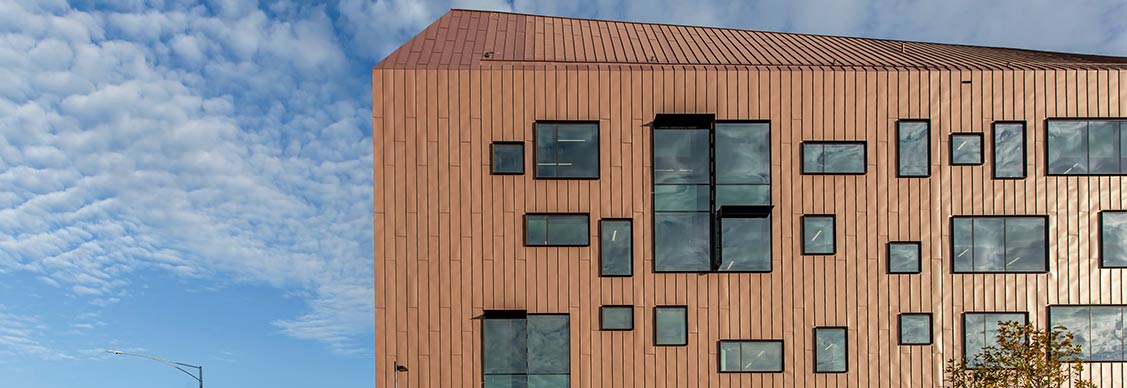Governments lean into flexible work
The public sector is stepping in time with hybrid working and digital transformation initiatives
It’s not just the private sector getting comfortable with new ways of working.
Governments, traditionally slower to change, are opting for flexible working after adopting new technologies during the pandemic.
After spending most of the past year in lockdown, government workers in Victoria, Australia, will be working from home three days a week as a rule, not as an exception, thanks to a groundbreaking flexible work program.
In September, the U.S. General Services Administration awarded a first-of-its-kind contract, estimated at US$50 million, to WeWork and four other flexspace operators to provide space for government employees.
“Alternate workplace strategies are being considered, developed and, importantly, deployed by governments,” says Ram Devagiri, who is in charge of the Australian federal government’s domestic portfolio for JLL. “This is a major shift in the way governments have worked historically.”
Accelerating the trend
Expectations of buildings in terms of health and wellness are higher than ever. And with the growth in hybrid and work-from-anywhere strategies, healthy workplace considerations are evolving beyond office-based initiatives to support employees wherever they may be working.
In some cases, the demands of the pandemic bumped into governments already committed to more flexible arrangements or environmentally-sound office spaces.
Looking for more insights? Never miss an update.
The latest news, insights and opportunities from global commercial real estate markets straight to your inbox.
The State of Utah, for example, had been exploring remote work in a master plan for its administrative offices when the COVID-19 pandemic emerged. With most state employees working from home, it became clear telework would play a bigger role than initially thought.
The government modelled scenarios based on up to 60 percent of employees working both remotely and in the office. Utah now has a roadmap toward saving as much as US$13.6 million annually as it shifts to its new hybrid workplace model.
For the most part, COVID-19 has undeniably been the trigger for transformation. For example, Greece, a laggard in providing government services online, shifted many public services to a digital platform in record speed. And in the U.S., the Social Security Administration study found the backlog of pending cases fell 11 per cent between March and May 2020 when the agency mandated full telework.
Flex and productivity
Victoria’s flexible work program allows staff to find the best place to work, be it home, library, or suburban offices. But it’s also not making offices obsolete.
Its development of offices, known as GovHubs, relocating public sector workers from Melbourne to regional areas, shows how alternate workplace strategies are being considered.
Australia’s ACT government has a similar initiative, with public servants able to work from decentralized ‘flexi-hubs’. Its chief minister Andrew Barr recently declared the end of an era of compulsory daily attendance at the office for its white-collar public servants.
After all, the type of productivity that can be achieved by an individual at home differs to what can be achieved in a collaborative office environment, according to the Organization for Economic Co-operation and Development (OECD), which guides governments on best practice for public administrations.
Data from global client surveys conducted by JLL’s Global Benchmarking Services highlights the attraction of the office for internal and external collaboration, interaction with colleagues and complex brainstorming.
The challenge for governments now will be making decisions while still dealing with an ongoing pandemic, Devagiri says.
“The work landscape has never been so uncertain,” he says. “More than ever before, we need to understand how the role of offices, homes and everything in between feeds into the future workplace. This is the challenge that governments will need to find a solution for.”
